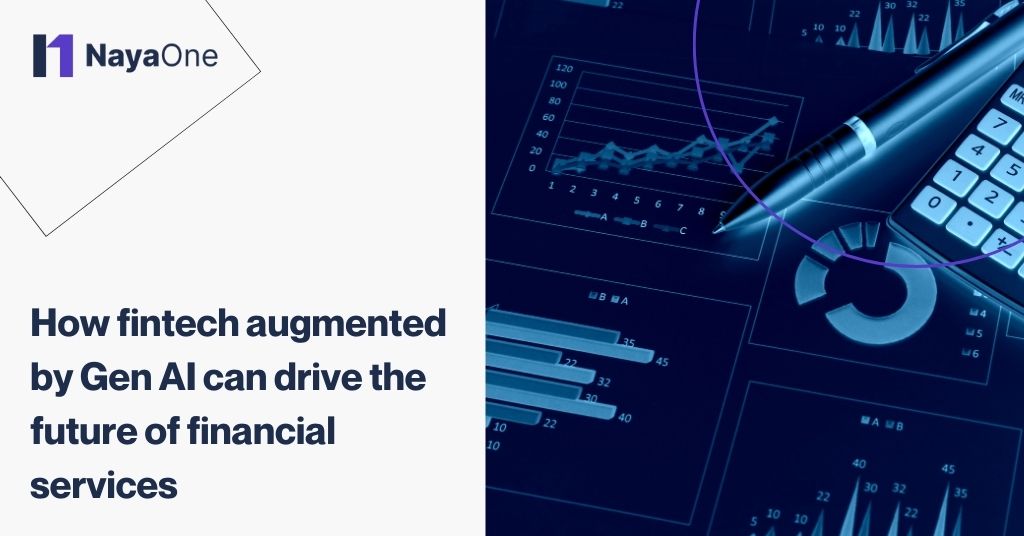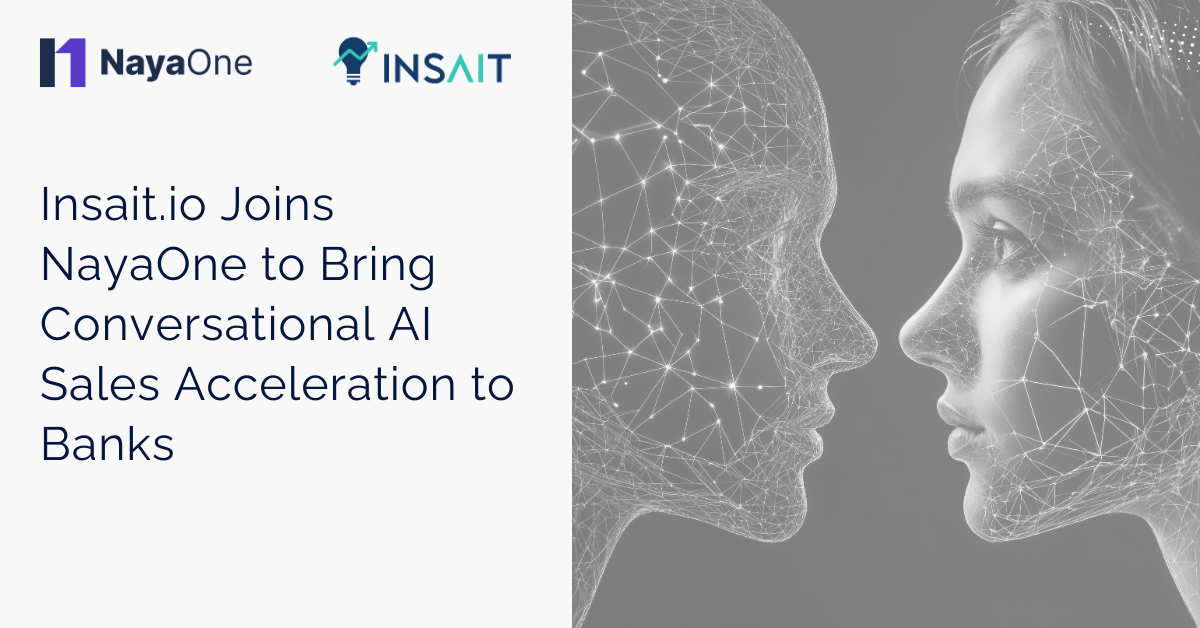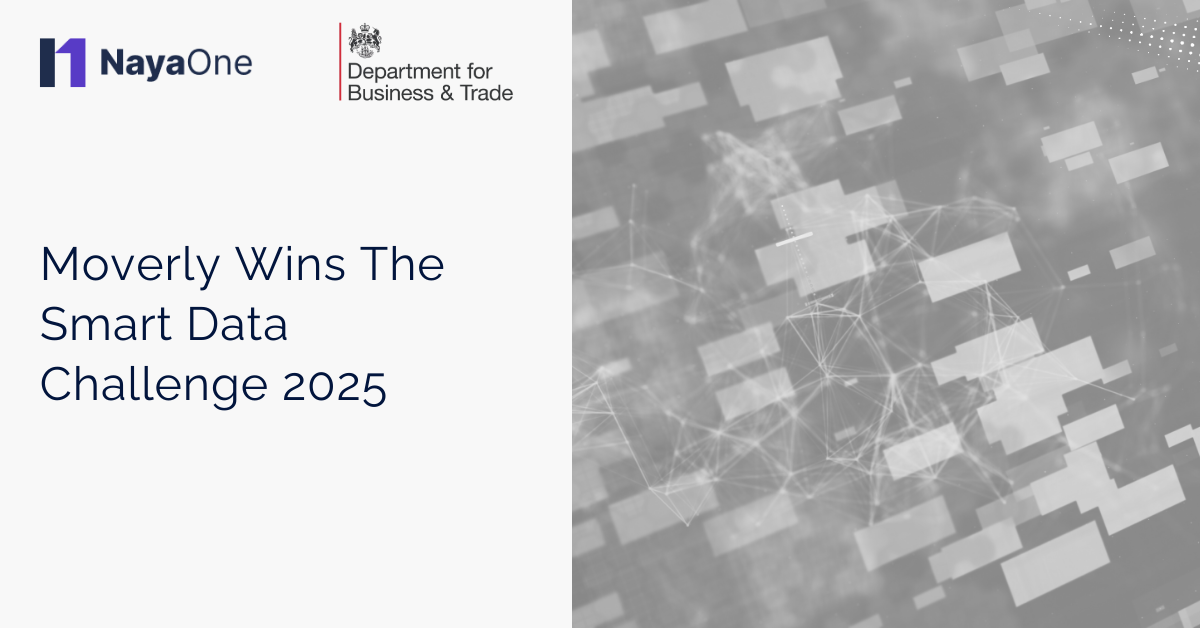Imagine a financial ecosystem where fraud is detected before it can occur, customer interactions are seamless and tailored, and managing finances is as intuitive as having a conversation. This vision is becoming a reality as generative AI reshapes the future of financial services.
Generative AI is already revolutionising industries. In financial services, innovation is being driven by automating processes, enhancing decision-making, and improving security measures. With 66% of organisations leveraging AI and machine learning technologies, the industry is witnessing its critical role in advancing operational efficiency and elevating the customer experience.
This technology extends beyond professional applications, resonating with users on multiple levels. While 75% of generative AI users rely on it to automate tasks and streamline workplace communications, many explore its potential for learning, creativity, and personal growth. These varied applications highlight its versatility and importance in both professional and personal contexts.
When generative AI meets fintech, the future of financial services reaches new heights. From strengthening anti-fraud mechanisms to delivering hyper-personalised experiences and streamlining financial operations, the combination of these technologies sets a new benchmark for the industry.
The fusion of generative AI and fintech is not merely a technological evolution—it is a leap toward a smarter, safer, and more adaptive future of financial services. This partnership is redefining how financial institutions operate, creating a more efficient and customer-centric financial landscape that will continue to shape the years ahead.
Understanding the rise of generative AI in the future of financial services
Generative AI rapidly transforms industries, offering unprecedented capabilities to solve complex problems, engage users, and streamline operations. In fintech, the potential is vast, as the sector is uniquely positioned to leverage these advancements to revolutionise how financial services are delivered.
Key advancements in generative AI
Generative AI has progressed from creating text and images to enhancing decision-making and predictive analytics. Its ability to learn from vast datasets and generate human-like outputs is driving measurable positive outcomes:
- 70% of companies report revenue growth and 61% experience higher conversion rates.
- 85% of enterprises have observed increased user engagement, while 80% report higher buyer satisfaction.
- Security has also seen significant gains, with 56% of organisations improving their security posture, 82% better equipped to identify threats, and 71% achieving faster resolution times.
These results highlight the versatility and effectiveness of generative AI in delivering tangible value across multiple dimensions.
In healthcare, generative AI assists in diagnosing diseases and generating personalised treatment plans. In retail, it drives tailored marketing campaigns and enhances customer support with AI chatbots. Manufacturing uses generative AI for predictive maintenance, optimising production schedules, and reducing downtime.
These applications hold immense potential for fintech. Fraud detection, for instance, could be significantly enhanced by generative AI’s predictive capabilities. Similarly, personalised financial planning tools and customer support powered by AI can improve user satisfaction and loyalty.
Why fintech is primed for generative AI
Fintech thrives on innovation and data-driven solutions, making it an ideal ground for generative AI. The sector’s reliance on real-time analytics, regulatory compliance, and customer-centricity aligns perfectly with the capabilities of generative AI.
Generative AI can:
- Enhance fraud detection: Predict and prevent threats with greater accuracy and speed.
- Streamline operations: Automate repetitive tasks, enabling focus on strategic initiatives.
- Improve customer experience: Deliver hyper-personalised financial advice and support.
As fintech continues to evolve, the integration of generative AI is not just an opportunity—it is a necessity to stay competitive in an increasingly digital world. This synergy promises to redefine financial services, setting a new standard for innovation and excellence.
What are the key areas of transformation in fintech through generative AI?
Generative AI is reshaping the fintech landscape and driving transformation across critical industry areas. By improving service quality, enhancing operational efficiency, and supporting regulatory compliance, generative AI is enabling organisations to redefine their approach to financial services.
Key statistics highlight its impact:
- 78% of businesses report increased flexibility and improved service quality.
- 72% see strengthened sustainability, transparency, and regulatory compliance.
- 52% witnessed enhanced internal efficiency and streamlined processes.
Personalised customer experiences
Generative AI enables unparalleled levels of personalisation, catering to individual customer needs and preferences:
- Dynamic financial advice and product recommendations provide customers with tailored solutions based on their unique financial goals and behaviours.
- Hyper-personalisation for customer onboarding and retention ensures a seamless and engaging user experience, building long-term trust and loyalty.
Fraud detection and risk management
Fraud prevention and risk management have become more proactive with generative AI:
- Identifying fraud patterns and anomalies through advanced algorithms reduces the risk of financial losses.
- Enhancing predictive models for credit and market risk analysis ensures more accurate risk assessments and decision-making.
Automation in financial operations
Automation powered by generative AI streamlines complex financial processes:
- Document generation and compliance reporting are faster and more accurate, reducing manual workload and compliance risks.
- Reducing operational costs and errors improves profitability and efficiency.
Improved financial literacy tools
Generative AI fosters financial literacy through interactive and accessible learning platforms:
- Interactive educational platforms leverage generative AI to deliver engaging content and simulations, making financial concepts easier to understand.
- Empowering users to make informed financial decisions ensures better financial outcomes for individuals and businesses.
Market analysis and predictions
Generative AI offers powerful tools for analysing market trends and forecasting opportunities:
- Trend forecasting and investment strategies use AI-driven insights to optimise portfolios and maximise returns.
- Real-time insights for decision-making allow businesses and investors to respond quickly to market changes.
By addressing these key areas, generative AI is setting the foundation for a smarter, more resilient, and customer-centric financial ecosystem. Fintech organisations that embrace these innovations are well-positioned to lead the industry into the future.

What are the benefits of integrating generative AI in fintech?
The integration of generative AI into fintech is yielding significant advantages, empowering financial institutions to remain competitive in a fast-changing landscape while driving measurable business outcomes.
Tangible ROI and revenue growth
Generative AI is proving its value, with 74% of institutions already achieving positive ROI from at least one use case. Additionally, 30-35% expect returns within the next 12 months. Among companies actively using this technology, 86% report revenue growth, with many seeing a 6% or more annual increase in income.
Increased efficiency and cost savings
Generative AI enables financial institutions to automate complex tasks, streamline operations, and reduce human error. By optimising workflows—such as compliance reporting, document generation, and data analysis—organisations experience significant cost savings and improved efficiency, allowing them to allocate resources more strategically.
Enhanced customer trust
Transparency and innovation are at the core of generative AI’s impact. By delivering personalised services, improving fraud detection, and providing dynamic insights, financial institutions foster greater customer trust. This trust is further reinforced by the secure and transparent handling of sensitive data, a cornerstone of modern fintech services.
Competitive edge
In a market where technological advancements dictate success, generative AI provides a crucial competitive edge. Financial institutions that embrace this intelligent technology are better equipped to adapt to evolving customer needs, regulatory demands, and market conditions. The ability to innovate quickly ensures long-term relevance and leadership in the industry.
Integrating generative AI is not just a forward-looking strategy; it is a necessity for financial institutions aiming to enhance operational performance, improve customer relationships, and drive sustained growth in the future of financial services.
Experience the future of financial services with NayaOne
NayaOne is revolutionising the financial technology landscape. By providing seamless access to innovative tools and a rich ecosystem of financial services, NayaOne empowers organisations to accelerate their digital transformation.
Discover a new standard and the future of financial services, where collaboration meets innovation. Explore the possibilities.
FAQs
Accordion Content
Start by identifying areas where generative AI can add value, such as automating routine tasks or enhancing customer experiences. Partner with technology providers and ensure team members are trained to use AI effectively.
Generative AI is designed to augment human capabilities rather than replace them. It handles repetitive or data-heavy tasks, freeing professionals to focus on strategic, creative, or interpersonal aspects of their work. While it enhances efficiency, human oversight and creativity remain irreplaceable.
Yes, generative AI can reduce operational costs by automating time-consuming processes, minimising human errors, and enabling faster service delivery. The initial investment often yields significant long-term savings and increased productivity.





